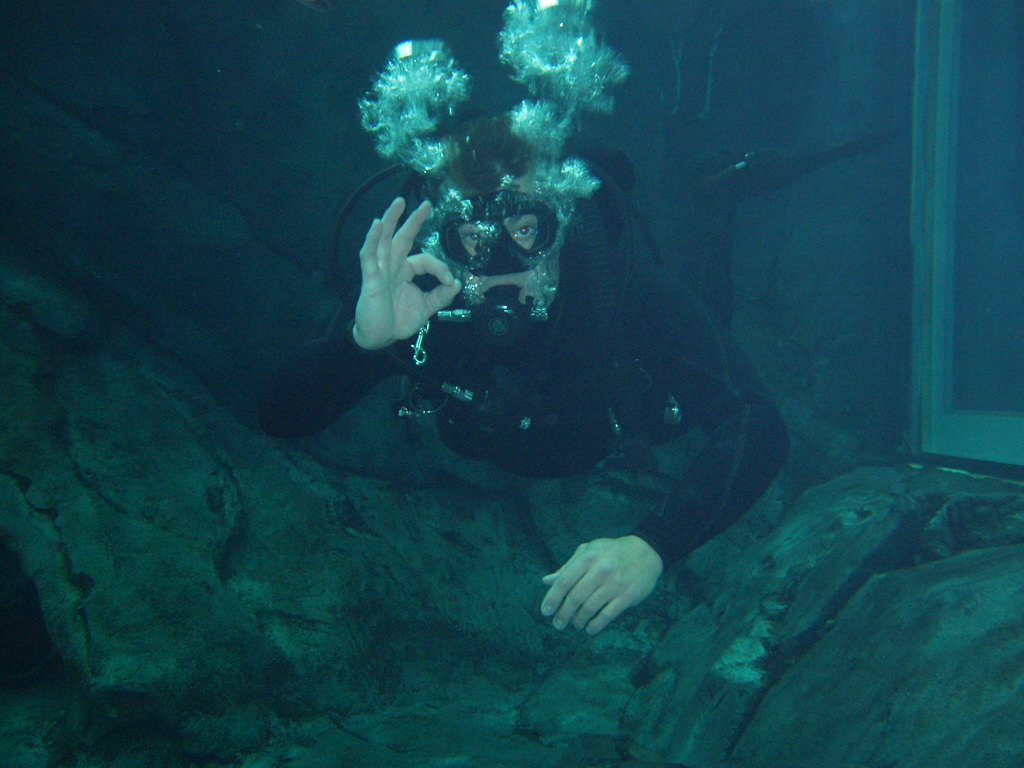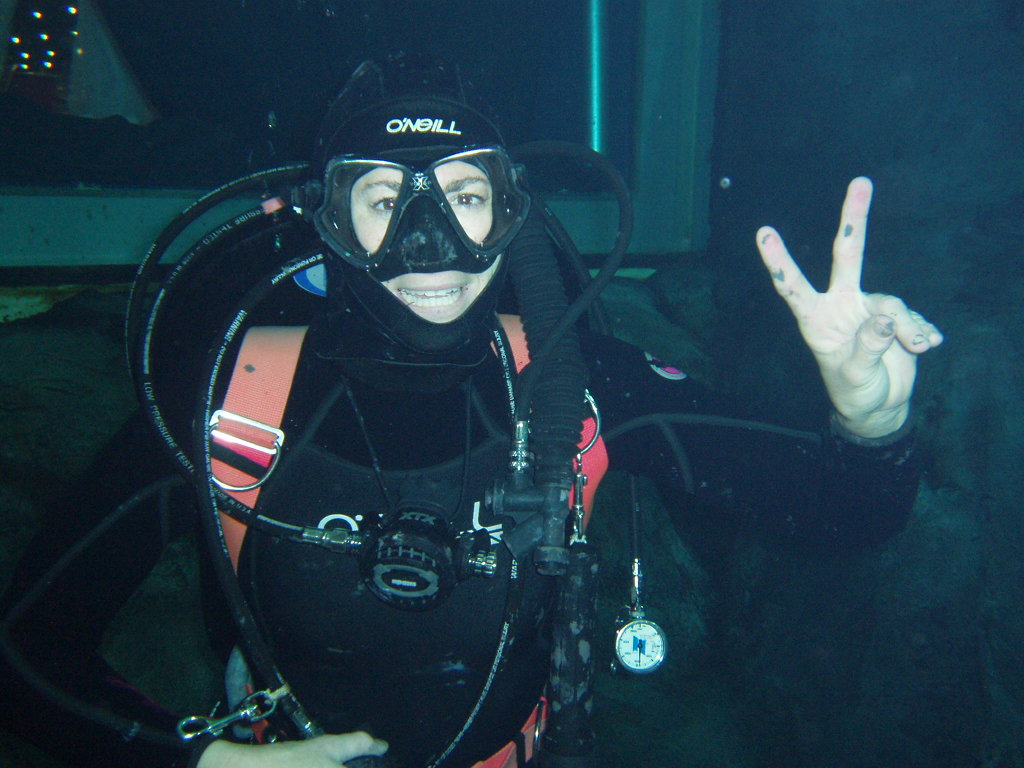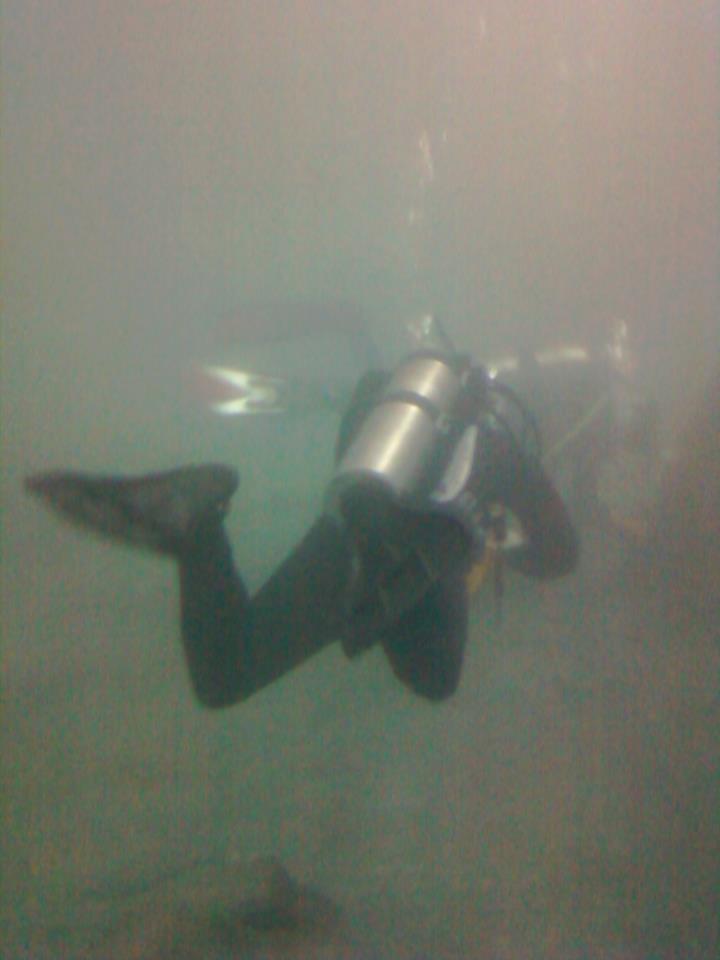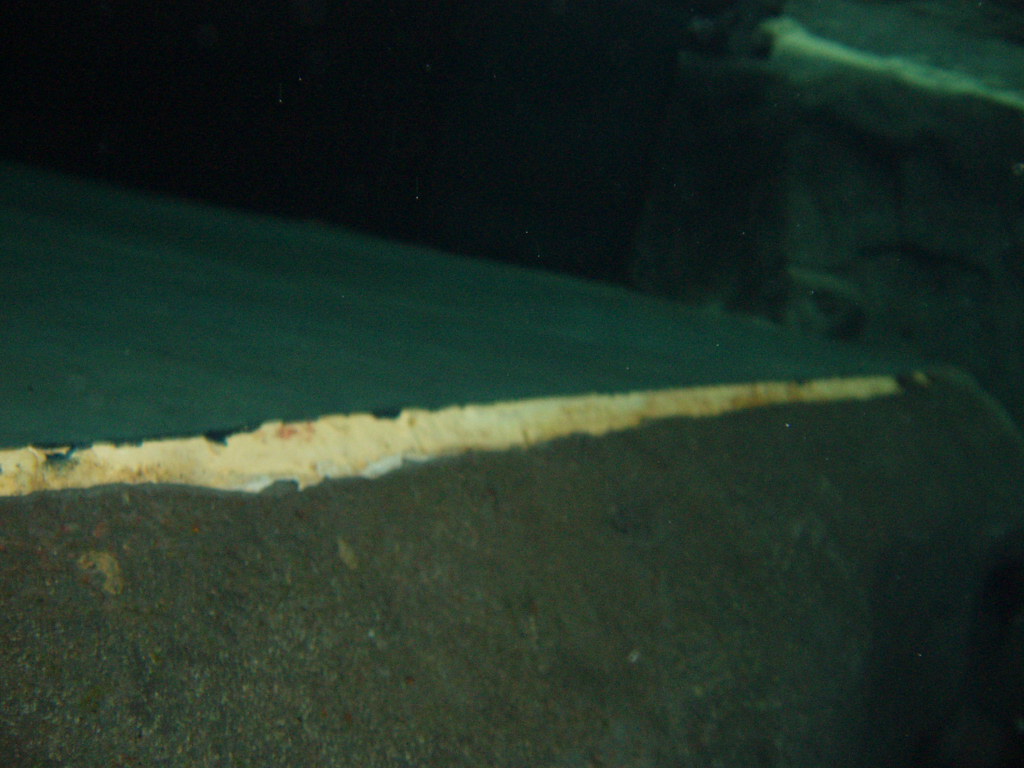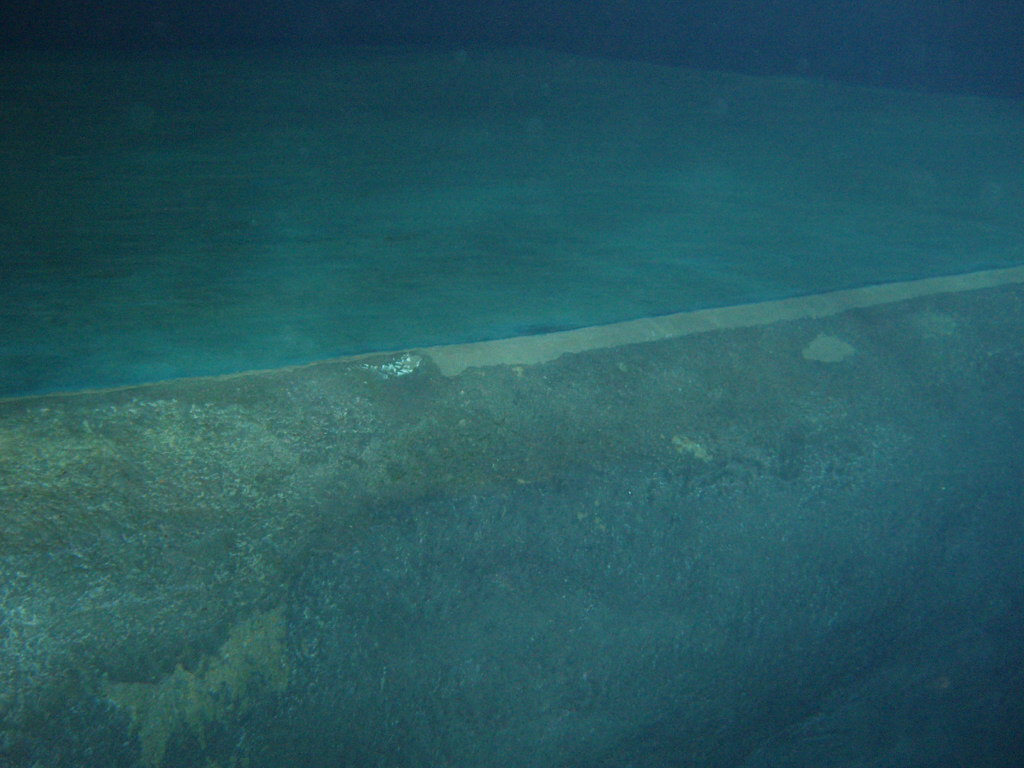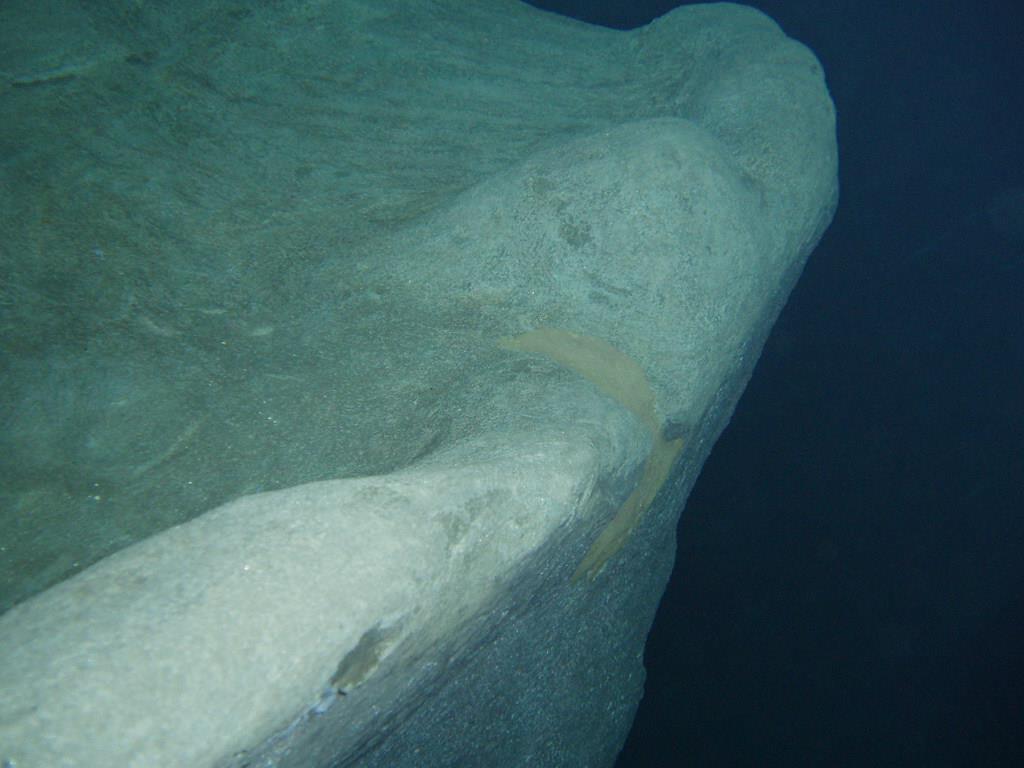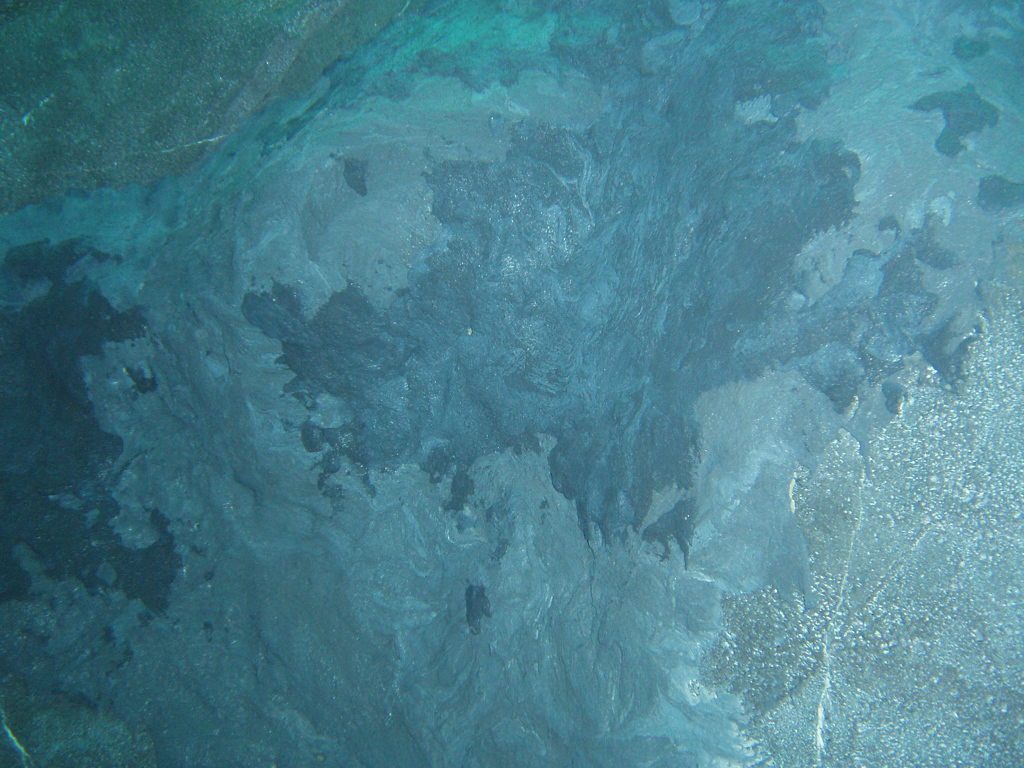Georgia Aquarium Chooses DSD
DEEP SOUTH DIVERS answered the call from the Georgia Aquarium in Atlanta, GA.
The Beluga Whales, housed in a coldwater tank for patron viewing known as “CW7” (meaning “cold water tank #7”), had damaged their enclosure. Cracks, abrasions and visual damage to the concrete walls of the tank threatened to burst the facility, which endangered not only the whales (valued at around $3 million each), but the patrons of the aquarium.
Even a leak was an issue. The tank was so large that it could easily flood much of downtown Atlanta. The nature of the water – effectively seawater – could easily overwhelm city wastewater management facilities and even poison local freshwater sources with its salt content.
Heery – the on-site engineering firm responsible for building the Georgia Aquarium – used it’s back-up, emergency plan to prevent the catastrophe: Z-Spar. Z-Spar is a two-part epoxy-based putty designed to repair cracks in concrete. The substance creates watertight, well-adhered patches that are stronger than the original concrete. Aquarium divers applied the patches with good success.
Unfortunately, while creating a structurally strong repair, Z-Spar is bright white (unlike the slate gray of the tank’s interior) and not UV stable. Within a week, the patches turned a putrid yellow and were quite detrimental to the appearance of the Aquarium’s tanks… The opposite of the Aquarium’s mission.
Heery thus contacted DEEP SOUTH DIVERS to create a solution to the issue; while now structurally sound, the concrete walls needed to be “painted.” Normally this would be done by removing the whales, draining the tank, and having an artist come in and airbrush over the repairs to create a faux rock appearance emulating the gray-granite look of the rest of the tank.
There were problems with this solution, however… First, draining and filling the tank used roughly $100,000 worth of water and about $30,000 worth of mineral salt. Second, downtown Atlanta wastewater management had nowhere to dispose of or store the old water. Third – and this was the biggest problem – the poured-in-place large acrylic viewing ports that the patrons look through threatened to collapse or dislodge permanently if water pressure was removed from them.
Heery was looking for a solution for “painting” the tank underwater. They needed a submerged repair.
Over many hours of study and many calls to epoxy, paint, and coating manufacturers, a unique solution was created for DEEP SOUTH DIVERS by an Italian epoxy coating company to repair the appearance of CW7. It utilized a complex mix of materials added or subtracted on-site to get the desired properties of the repair:
- Two base chemicals to create the epoxy, specifically designed to cure correctly in the cold waters of CW7
- An additive to slow the hardening of the epoxy so it could be worked by the divers
- More than a dozen different colors that could be added or subtracted from the epoxy mix so that the divers could color-match material to the different colors throughout the tank
- A granulated silica additive for texture and weight
- A hollow, microscopic glass bead filler to make it neutrally buoyant so that the putty wouldn’t “drip” or float off of the repair while curing
The repair material was hand-applied in very small quantities for color-matching, then blotted with a hard nylon sponge to create additional texture.
We also found that first cleaning the area to be repaired helped to create a better bond between the epoxy and the concrete. For this we first used scouring pads, then switched over to nylon brushes. By week two we were using steel brushes for cleaning, but by week three we discovered we needed brass or stainless brushes, as regular steel left rust marks over time.
Over many hundreds of dives we perfected the process of melding art and science, submerged while diving, to create a visually-perfect (or at least close to perfect) aquarium interior. This was no small feat, as even our highly-advanced epoxy mix yellowed slightly over time (not quite as bad as Z-Spar) and had to be made slightly too blue so that it’d age and become a good color match weeks later.
To the best of our knowledge, this is the first and only time this type of cosmetic, submerged repair has been successfully employed, and it was not without a hard learning curve… By the time we were finished, we’d gotten so much better at the process than we were in the beginning that we went back and re-did some of our initial repairs.
In all, the job was complicated, difficult, time-consuming, and exceptionally challenging to all of our divers and “mixologist” Anton Ross, who hand-mixed small quantities of epoxy every day for a month. Frankly, we don’t know of another organization that could have pulled it off as well as DEEP SOUTH DIVERS, and since our repair work, we have seen others attempt to duplicate our efforts, with disastrous results. Knowing the time, effort, and dozens of different materials and techniques that we used – some of them successful and some of them not – we can honestly say that we can’t see how any divers could succeed at this kind of submerged repair without having to learn how to do it the hard way like we did… By trial and error.
Our final product was impressive; so much so that we received a commendation from the owner of the Georgia Aquarium – Home Depot co-founder and Coca-Cola shareholder Bernard Marcus. Bernard had been present – unknown to DEEP SOUTH DIVERS – and observing our repairs during our first repair assignment. He was so impressed that he called us back for three more additional repairs to other parts of the aquarium.
Since those visually-exceptional repairs, we have seen several companies attempt – and fail miserably - to duplicate our system. In fact, several aquarium divers there at the Georgia Aquarium attempted a similar repair later with horrific results… We suspect due to lack of knowledge in both materials and technique. The Georgia Aquarium may ask us to come back soon and repair their botched job.
DEEP SOUTH DIVERS was asked by the Downtown Aquarium at Denver, Colarado to come in and teach the process to their in-house aquarium divers. With this knowledge of materials and techniques being a DEEP SOUTH DIVERS competitive advantage, we’re reluctant to share; however, we are currently considering negotiations and will keep you posted.
A collection of photographs taken during the job at the Georgia Aquarium can be found on our company Facebook page.

